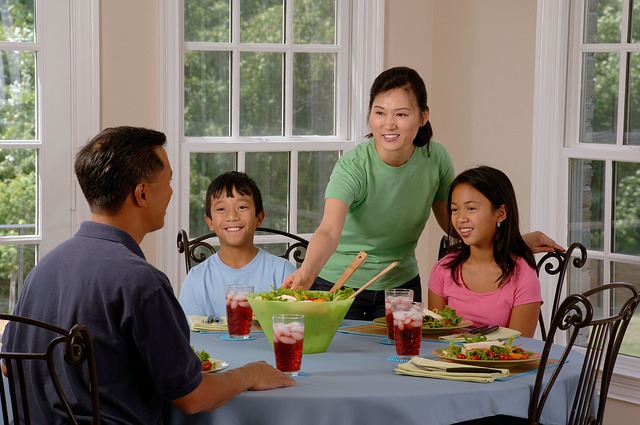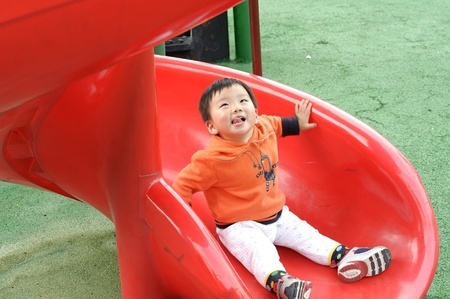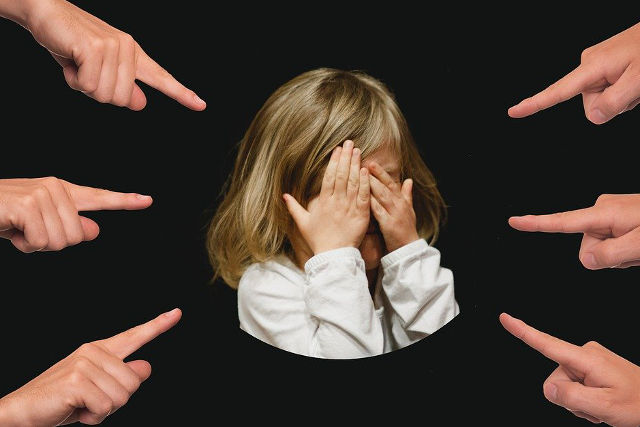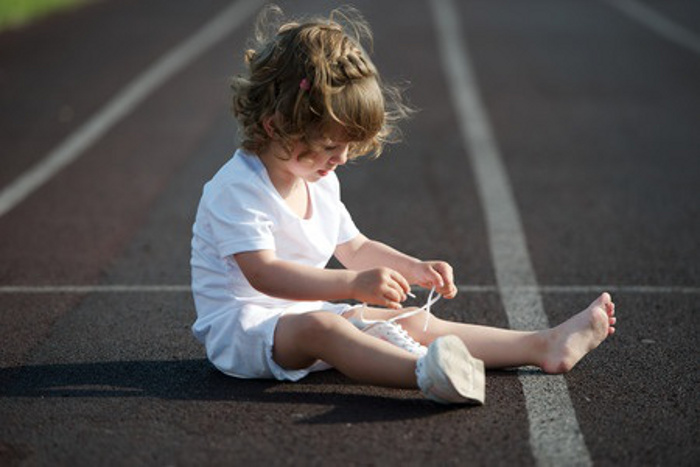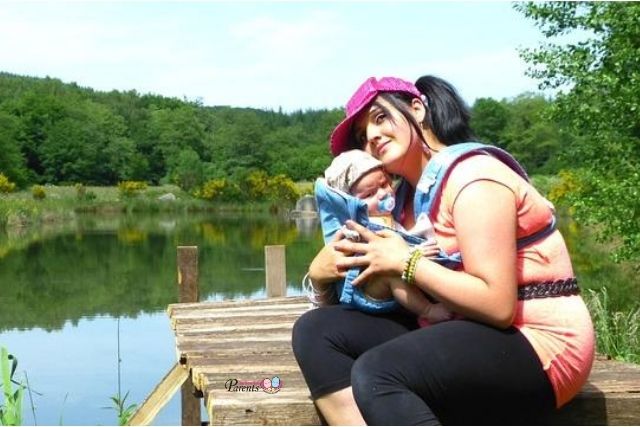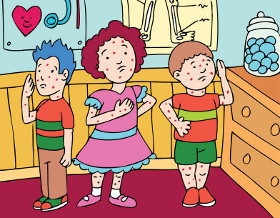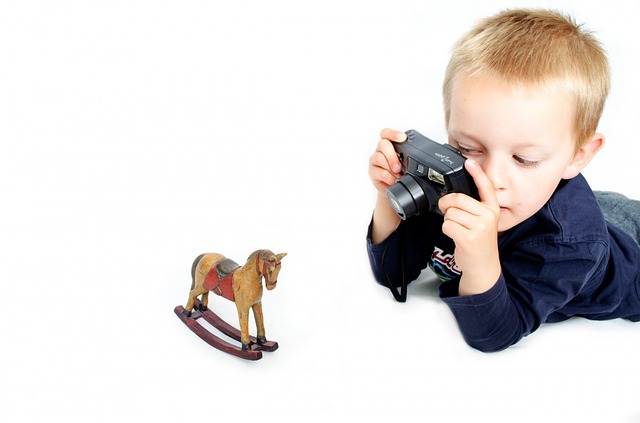Manners are tied in with self-respect and others. It is also a means of maintaining social boundaries. From as young as infanthood, we may start to teach our kids manners, formally or informally. Teaching manners to our kids is a vital part of parenting and contributes invaluably to how they treat themselves and others as they grow.
So when is a good time to start? And what can you teach?
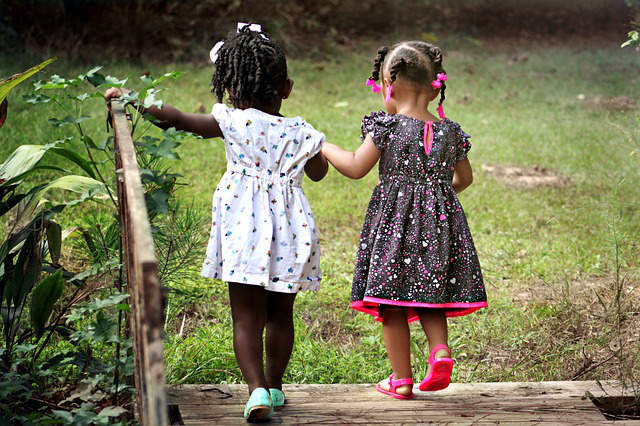
1 year old and below
For the first year of life, babies generally cry when they have needs – be it hunger, fatigue or a need to be comforted. It is not necessary at this stage to teach them formal manners. However, babies can observe manners in their caregivers. For example, they can hear the tones of voices in their environment and observe the facial expressions of the people around them.
When the babies are between 8 months to 1 year, some parents may also be teaching nursing manners, such as unlatching each time the baby bites, or tapping the hand away when the baby tries to lift up a shirt in public.
Toddlerhood: Age 1 – 2
At this age, your little ones will be inquisitive explorers. Be realistic with expectations. They may not be able to eat cleanly or pack up their toys properly. Focus on the basics. Practice simple words such as “Please”, “Thank you”, “Excuse me” and “I am sorry”. Get them to grasp the idea of sitting down for meal-times, as opposed to having you chase the child around with an out-stretched spoon. Even better, they can hand you their spoon or bowl when done.
Age 3 to 6
At this age, children can understand instructions more comprehensively and have better self-control. There is also a higher degree of social interaction and many components of manners that can be taught.
- Sportsmanship and politeness
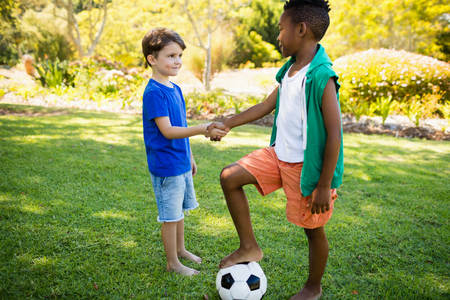
Teach them to share, take turns and play fair with others. No name-calling or physical acts towards others – beating, pushing, pinching, biting, spitting. Teach them how to respect when others are talking and when to wait for others. They can also learn how to make simple requests such as asking to borrow a toy or book or to participate in an activity at a certain time. As we teach our children manners, we should also model it by not interrupting when they are speaking to us and looking at them when they are talking.
⇒ Related Read: 10 tips to raise a polite child
- Physical boundaries
Children are taught manners so they can behave appropriately with regards to physical boundaries. This is especially important as children at this age start to be independent and parents may not be with them as much. Examples include being clothed before leaving the washroom, sitting properly in public and teaching them not to touch others’ private parts, and neither can others touch theirs.
- How to agree or disagree
Children can be taught how to make decisions and respond in a well-mannered way.
For example, “No thanks, I cannot eat candies/nuts”, if they have been taught to do so towards those types of food; “Yes please, I would like to have more”; “Yes/No, I want/don’t want to hug you”.
⇒ Related Read: Teaching our children the value of standing up for themselves
Age 7 to 10
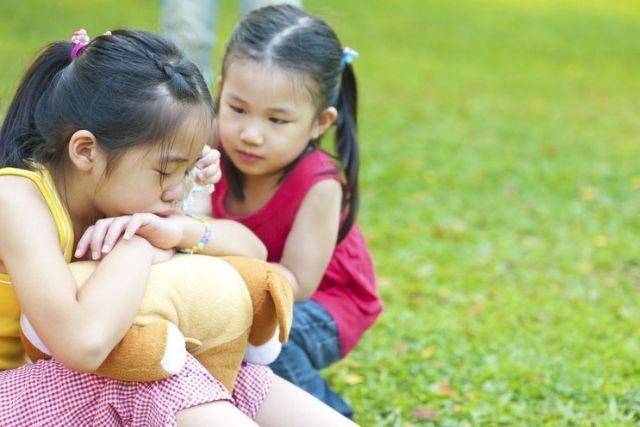
At primary school age, children can understand more of what goes behind a gesture or manner.
They can be taught how to be kind to others, how to empathise, how to be a good sport. They can grasp values better and possess a greater sense of ownership and responsibility. Some age-appropriate manners would include respecting others’ belonging and privacy, learning to ask for permission, honouring one’s words, showing appreciation and willingness to help in according to situations.
⇒ Related Read: The power of empathy
Guiding our children to grow up with manners is a dynamic journey that requires a lot of day to day effort. Good manners and respect for self and others go a long way in building the confidence of our children and grounding them from doing the correct things in life.
By Som Yew Ya.
If you find this article useful, do click Like and Share at the bottom of the post, thank you.
Like what you see here? Get parenting tips and stories straight to your inbox! Join our mailing list here.




































